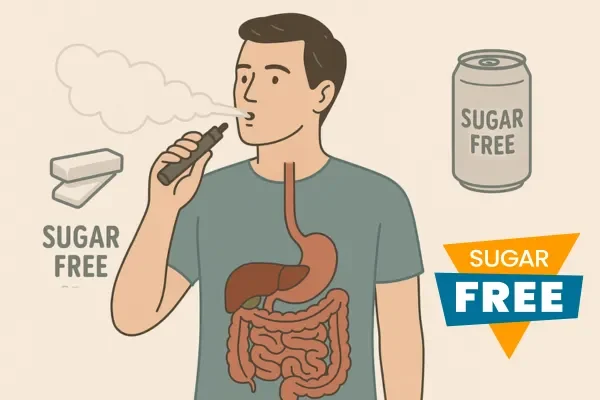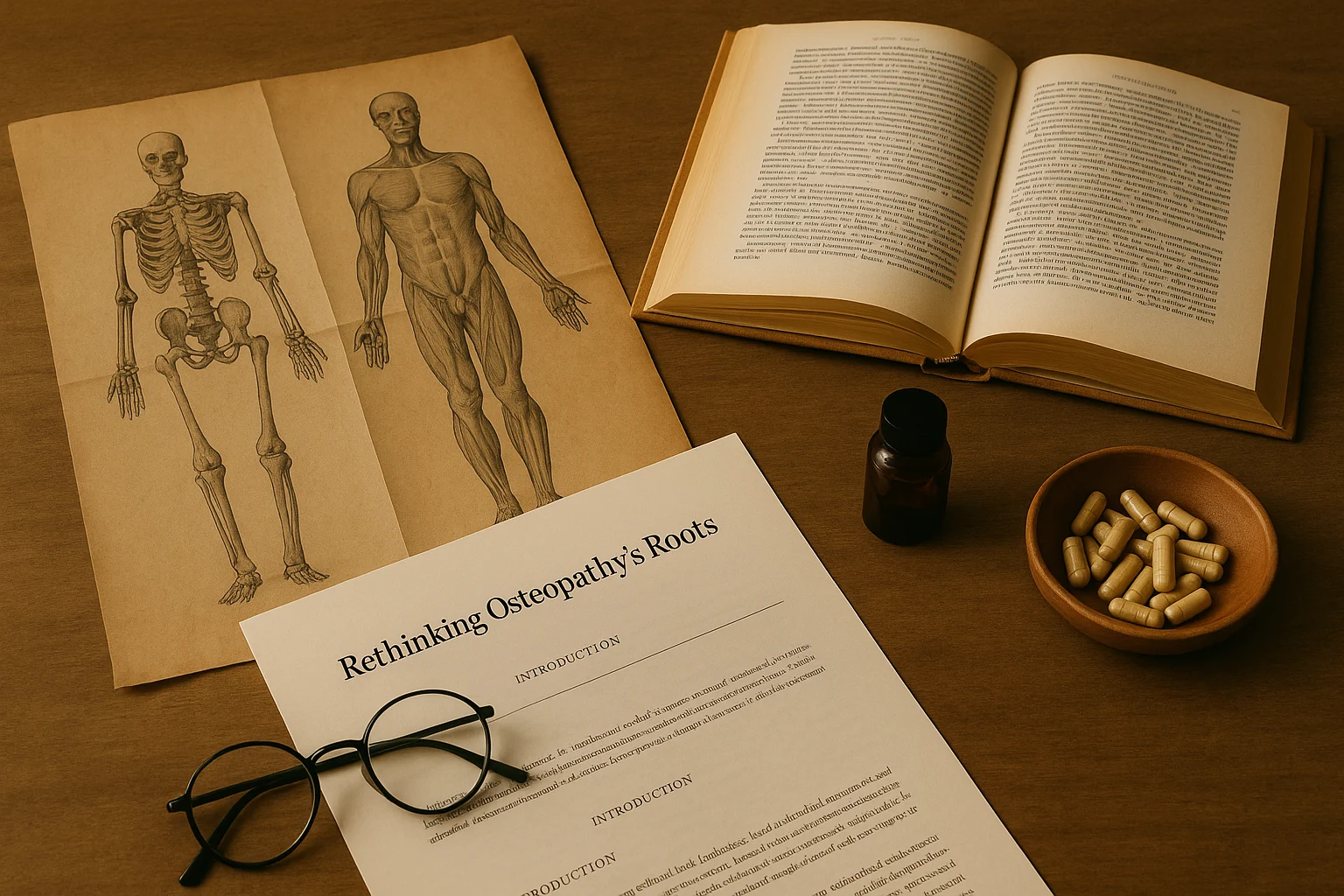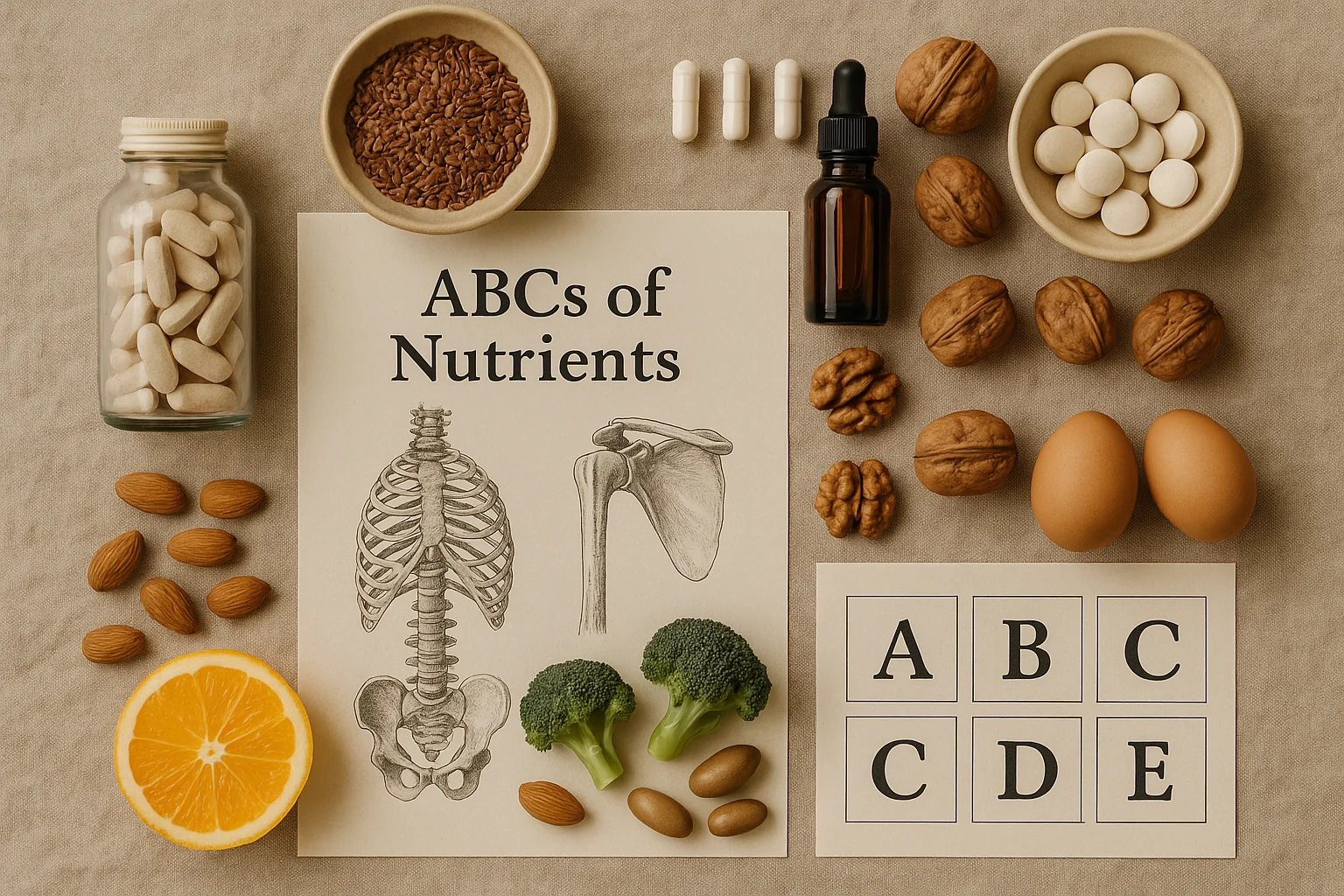The Cephalic Phase: Your Body’s Anticipatory System
Picture the body as a well-run kitchen. Before any meal is served, the chef gets a heads-up—perhaps a scent from the hallway, a flick of the light, or the sound of a recipe being read aloud. Instantly, preparations begin. The oven is turned on, pans are placed on the stove, and spices are laid out.
In human physiology, this is the cephalic phase response—the anticipatory stage of digestion where the brain cues the gut, pancreas, and other systems that food is on the way. This response isn’t just poetic; it’s vital.
The cephalic phase sets the stage for digestion, metabolism, and satiety. It triggers early insulin release, digestive enzyme secretion, and blood flow to the gut — all before a single calorie is consumed. It’s the body’s way of staying ahead of the curve.
When the Meal Never Comes: The Rise of Metabolic Confusion
But what happens when the kitchen keeps firing up… and the meal never arrives?
That’s the scenario many of us unknowingly create in daily life. Sweet-flavoured vaping, sugar-free gum, and artificially sweetened drinks are often seen as harmless or even helpful. Yet these habits send repeated false alarms to the digestive system, confusing its finely tuned rhythms and, over time, disrupting metabolic homeostasis.
Sweet Vapour, Sour Outcome: Vaping’s Hidden Effect
Let’s begin with vaping. Inhaling a sweet vapour—be it cotton candy, mango ice, or vanilla cream—does more than entertain the palate. It activates sensory pathways involved in the cephalic response.
Your brain interprets the sweetness as a signal that food is imminent, prompting insulin release and digestive readiness. Yet, no calories are consumed. The metabolic system prepares for glucose that never arrives, leading to misfiring insulin activity and dysregulated hunger signals.
For individuals already dealing with insulin resistance, PCOS, or metabolic syndrome, this can subtly sabotage progress.
The Chewing Trap: Gum and False Signals
The same principle applies to chewing sugar-free gum. The act of chewing, coupled with a sweet taste, stimulates salivation, enzyme secretion, and insulin signaling.
Again, no nutrients follow. The kitchen preps, but nothing hits the plate. Over time, this repeated mismatch between stimulus and nourishment can disrupt appetite regulation, leaving patients with unpredictable cravings or a persistent sense of hunger despite appropriate caloric intake.
Diet Sodas & Artificial Sweeteners: Zero Calories, Real Signals
Then there are diet sodas and zero-calorie sweets. Though marketed as benign, these products carry a physiological signature.
Artificial sweeteners may be non-caloric, but the sweetness they impart activates gustatory pathways designed to detect real food. The body, unable to fully distinguish between calorie-free and calorie-rich sweetness, responds with preparatory insulin release and altered gut-brain signaling.
Some studies show that routine use of these sweeteners can blunt the body’s satiety response, making people more prone to overeat later — even if their total caloric load seems unaffected at first glance.
The Metabolic Tease: Anticipation Without Delivery
All of this reflects a deeper point: metabolism is not driven solely by what we eat, but also by what we anticipate.
The body is predictive, not just reactive. It is prepared in advance, based on signals, expectations, and patterns.
Repeatedly activating the cephalic response without fulfilling its promise creates what I call a “metabolic tease.” It raises insulin unnecessarily, inflames the appetite circuitry, and gradually undermines the natural cues that regulate food intake and fullness.
Clinical Insight: What Practitioners Are Seeing
In a clinical setting, I see this frequently: patients who have cut sugars and reduced calories but still battle fatigue, cravings, and unstable glucose. Often, their habits include regular vaping, gum chewing, or consumption of diet products.
Though individually minor, these habits add up, especially in sensitive or dysregulated systems.
Guidance for Patients: What Can Be Done?
Awareness is the first step.
-
If you vape, understand that sweet flavours may engage more than your taste buds.
-
If you chew gum regularly, consider reducing frequency or choosing unsweetened options.
-
If you rely on diet sodas, gradually replace them with sparkling mineral water, herbal infusions, or electrolyte beverages without sweeteners.
The Osteopathic Perspective: A System of Systems
From an osteopathic perspective, this is yet another reminder that the body is a system of systems. The gut, brain, pancreas, and vagus nerve form a tightly coordinated network, responsive to inputs that extend beyond food itself.
Manipulative therapy may regulate autonomic tone, but nutrition and sensory habits shape the signals being processed day in and day out.
To support a patient’s full metabolic recalibration, we must look at the total input load, not just the meals. False cues—even without calories—can derail genuine progress.
Final Thoughts: Metabolic Integrity Starts with Honest Signals
Encourage patients to reserve sweet tastes for real nourishment, to give the body signals that are honest and consistent.
In the end, it comes down to integrity—not just in our practice, but in the signals we allow into our biology. Let the body trust that when the oven is turned on, a real meal is coming.









One Response
Dr Seif,
I just wanted to take a moment to thank you for writing such an excellent article. I truly enjoyed reading it — your insights and the way you presented the information made it both engaging and thought-provoking. It’s clear that you put a lot of effort and care into your work, and I really appreciate the clarity and depth you brought to the topic explaining what all these artificial things doing to the body. Please keep up the great work — I look forward to reading more from you in the future!
Dr. Shawn Pourgol, MBA, DC, DO, DN, PhD
Osteopath, Naprapath, Chiropractor & Founder of:
National Academy of Osteopathy (Canada, USA)
National University of Medical Sciences (USA, Spain, Panama)
Osteopathy Chronic Pain Clinics of Canada (380 clinics in 34 countries)
World Osteopathy Day